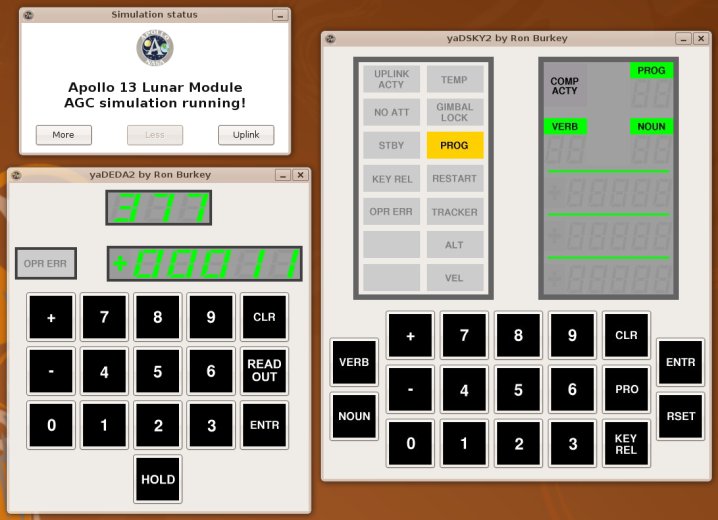|
The Apollo Guidance Computer A Kinder, Gentler Introduction |
|
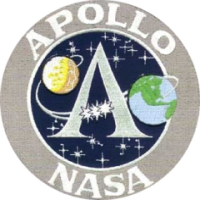
Please enable javascript in your browser to see a site-search form here.
|
 |
|||||||||||||||||||||
|
Please enable javascript in your browser to see a site-search form here.
|
||||||||||||||||||||||
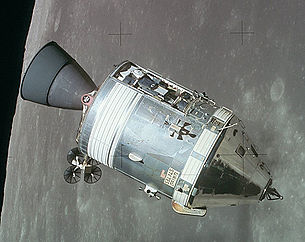 Apollo 15 CSM (Command and Service Modules) |
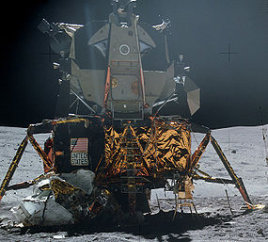 Apollo 16 LM |
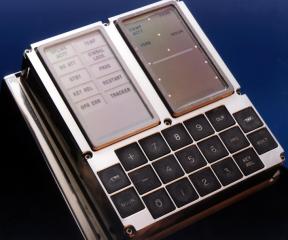
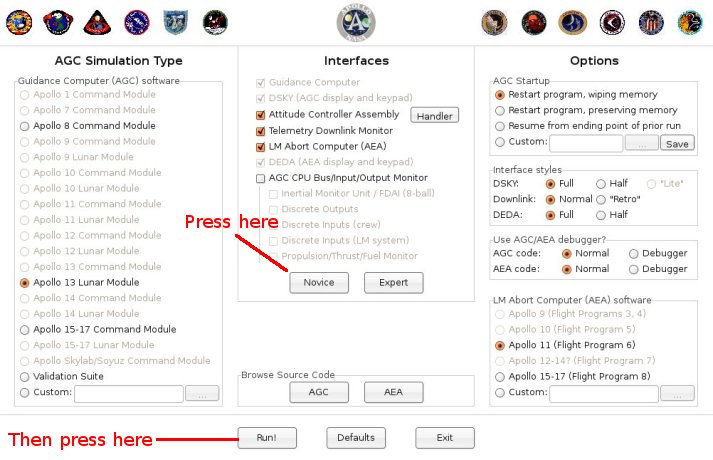
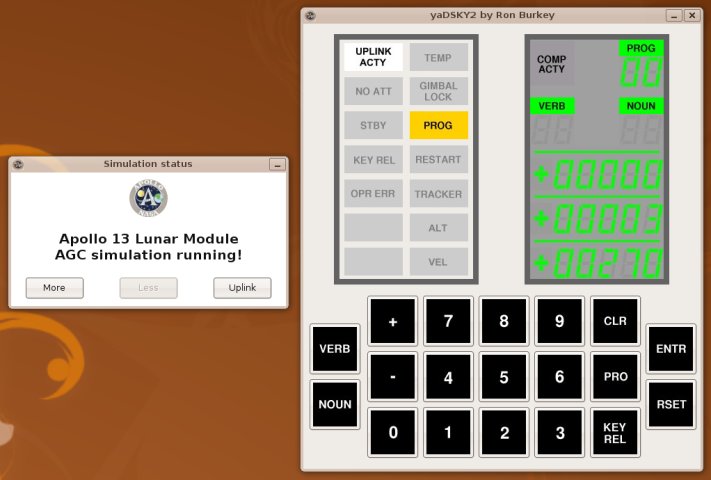
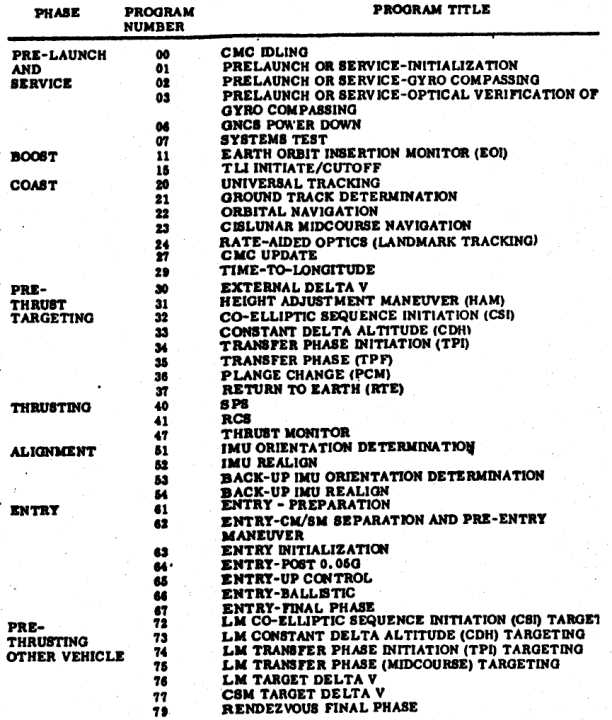
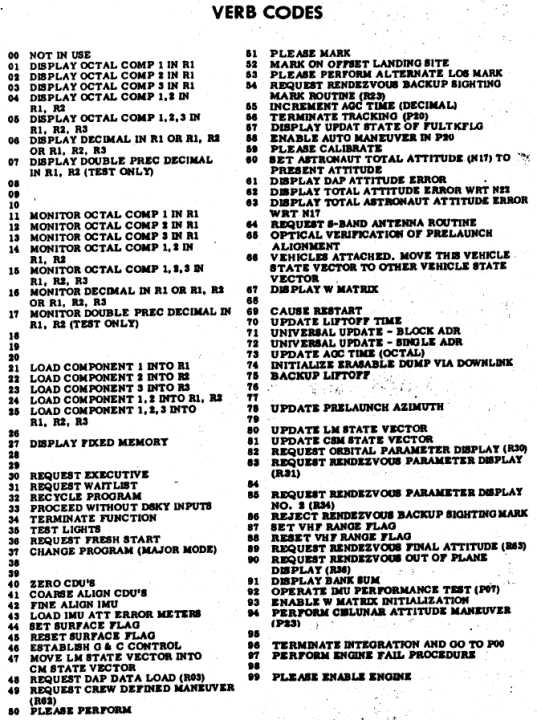 |
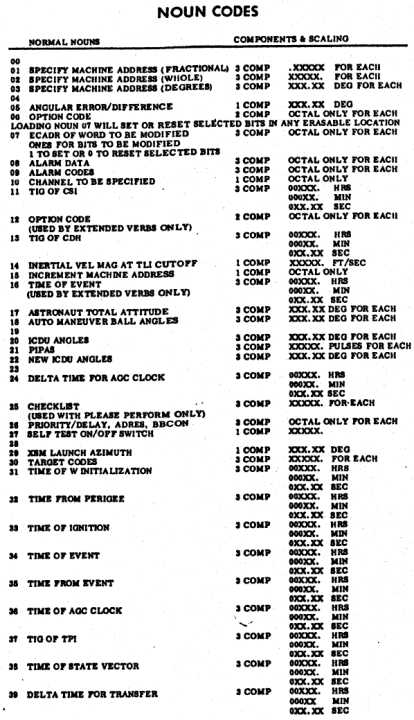 |
|
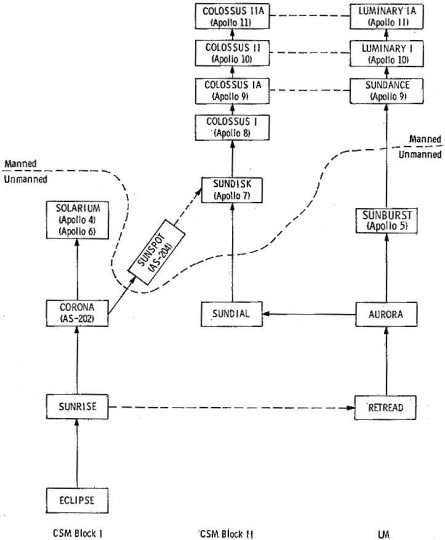 |
||||||||||||||||||||||||||||||||||||||||||||||||||||||||
TWIDDLE INHINT |
|
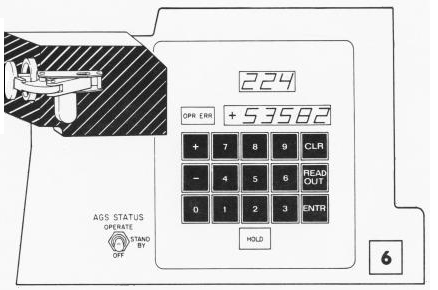 Maximum of about
100,000 CPU instructions executed per second.
Maximum of about
100,000 CPU instructions executed per second.